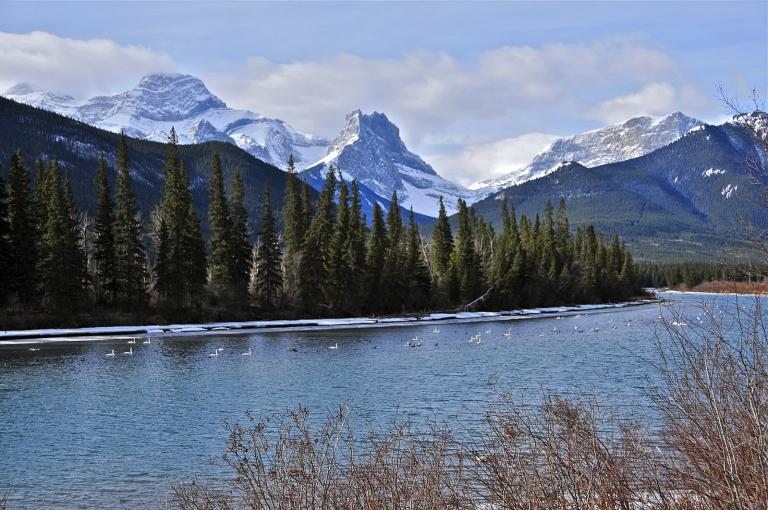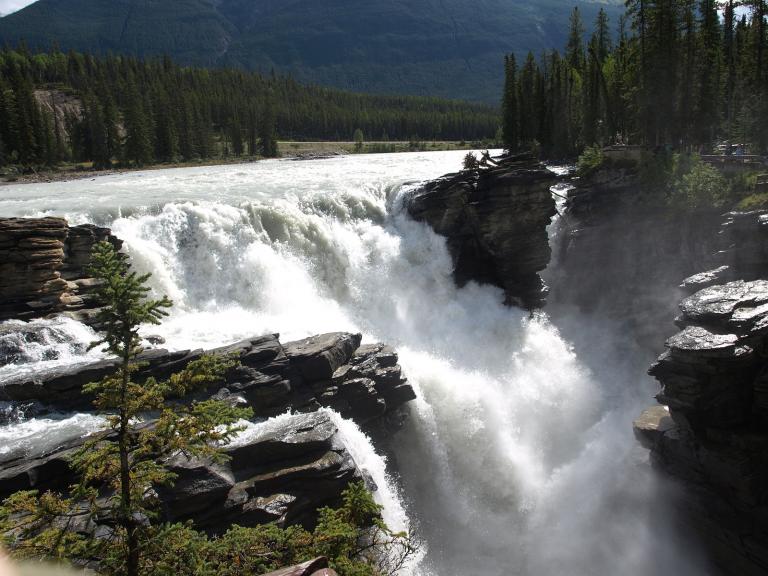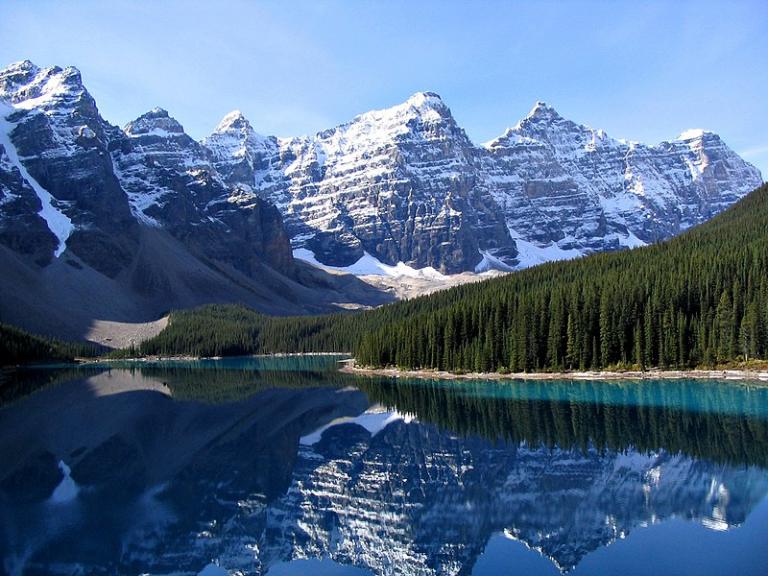Modern Near East Archaeology and the Brass Plates

Just in case anybody’s interested and in the area: I will be presenting a fireside in the vicinity of Calgary, Alberta, Canada next week, on Thursday, 14 July 2022, at 7:30 PM. I regret that I don’t yet have an address, but I’m told that it will be at a stake center — or, given where I am right now and where the venue will be, at a stake centre — that is not far from a restaurant called The Ranchmen’s Club, which is located at 710 13th Avenue S.W., Calgary, Alberta T2R 0K9. (I assume that that will mean something to people who know the area.) On subsequent evenings, or at least sometime thereafter (as I understand matters right now), I will be speaking to stakes in Cardston and in Lethbridge, also in southern Alberta. Details yet to come.

A pair of new articles went up at noon today in Interpreter: A Journal of Latter-day Saint Faith and Scholarship. They are accessible online at no charge. I hope, though, that some of you will step forward, if you have found the work of the Interpreter Foundation interesting and of value, to support us in our effort. Here are today’s articles:
“Modern Near East Archaeology and the Brass Plates,” by Noel B. Reynolds
Abstract: Contemporary Palestinian archaeology has produced two major threats to traditional interpretations of the history of ancient Israel. The first threat, which derives from scientific discomfort with the exodus story as an explanation for the sudden population expansion in southern Palestine at the beginning of the Iron Age (c. 1200 bce), has led to a wide variety of theories about how these Israelites could have been drawn from existing populations in the general area. This challenge is answerable in ways that preserve the exodus account, which is fundamental to the Book of Mormon as well as the Bible. The second threat is the glaring mismatch between the biblical glorification of David and Solomon’s “empire” and disparagement of the northern kingdom combined with the archaeological finding that the cities of the northern kingdom were far larger and more advanced than Jerusalem and the south. This discrepancy between archaeology and the biblical record provided support for the widely embraced theory that everything from Genesis through Kings had been revised to promote the political and religious preeminence of Judah above the other tribes. This second challenge does fit the archaeology and contemporary textual interpretations. But it also provides stronger grounding for the hypothesis that Nephi’s Brass Plates could have been produced by an ancient Manassite scribal school of which he and his father were highly trained members, and which may have been out of sync with the Jewish scribal schools and the elders of Jerusalem.
“Interpreting Interpreter: Recovering the Exodus,” by Kyler Rasmussen
This post is a summary of the article “Modern Near East Archaeology and the Brass Plates” by Noel B. Reynolds in Volume 52 of Interpreter: A Journal of Latter-day Saint Faith and Scholarship.
An introduction to the Interpreting Interpreter series is available at https://interpreterfoundation.org/interpreting-interpreter-on-abstracting-thought/.
The Takeaway: Reynolds summarizes the historical and archaeological debate on the origins of the ancient state of Israel, highlighting evidence that supports core aspects of the biblical exodus narrative as well as how the mainstream consensus is both clarified by and supports the Book of Mormon.

(Wikimedia Commons public domain photo)
A heartfelt essay from my friend Joseph Grenny that will, I’m confident, have personal significance with more than a few of you here:
“Jacob’s Answer to Parental Despair: The Olive Tree and the Antichrist”
I vowed that I would no longer do partisan politics on this blog. But I lied. I hereby endorse a presidential candidate for the 2024 elections:

(Wikimedia Commons public domain photograph)
Many people love beaches and tropical islands. I love them, too. I grew up, after all, in southern California, and I made my first visit to Hawaii at the age of five. (I have no idea how many times I’ve been back since.)
But, if pressed and even if not, I have to admit that the terrestrial landscapes that resonate with me the most powerfully, that stir me most deeply, are alpine. I hiked the John Muir Trail through California’s Sierra Nevada Mountains when I was eleven. I fell in love with Switzerland and the Alps on my first visit to Europe just out of high school, and I was absolutely ecstatic to be called to serve in Switzerland thereafter as a missionary. Similarly, I love the fjords and the lakes and the mountainous valleys of my grandmother’s Norway.
Also very, very high on my list of favorite places, though, are the Canadian Rockies. In such a context, I think of C. S. Lewis’s notion of Sehnsucht, and of what he called “pure northernness.” And I’ve written about it:
“Joy found in stabs of ‘divine homesickness'”
My own experience with Sehnsucht, which has been recurrent throughout my life, goes back at least to a very specific moment when I was an eleven- or twelve-year-old Boy Scout hiking a mountain trail in California. I can’t even really describe it, though I can still somehow see it in my mind. A friend and I came over a high ridge and looked down into a wooded valley at evening time. In the distance, the smoke of a cabin or a campfire curled up. And the feeling hit me. Powerfully. Unforgettably. Since then, a famous little poem by J. W. von Goethe has unfailingly evoked that memory in me, being mysteriously but inseparably connected with it — though I don’t need Goethe’s famous lyric to experience the feeling:
Wandrers Nachtlied II
Über allen Gipfeln
Ist Ruh,
In allen Wipfeln
Spürest du
Kaum einen Hauch;
Die Vögelein schweigen im Walde.
Warte nur, balde
Ruhest du auch.
Wanderer’s Nightsong II (my rough translation, wholly unworthy of Goethe’s perfect little gem)
Over all the summits
Is repose,
In all the treetops
You hear
Scarcely a breath;
The birds are silent in the forest:
Wait. Soon
You too will rest.
This pending short trip over to Alberta, alas, won’t provide much if any opportunity to spend any time in the Canadian Rockies. But then, that’s an excellent justification for coming backfairly soon!
Posted from Vancouver, British Columbia, Canada




